Pigeon Racing and Nutrition of the Muscle Part 6
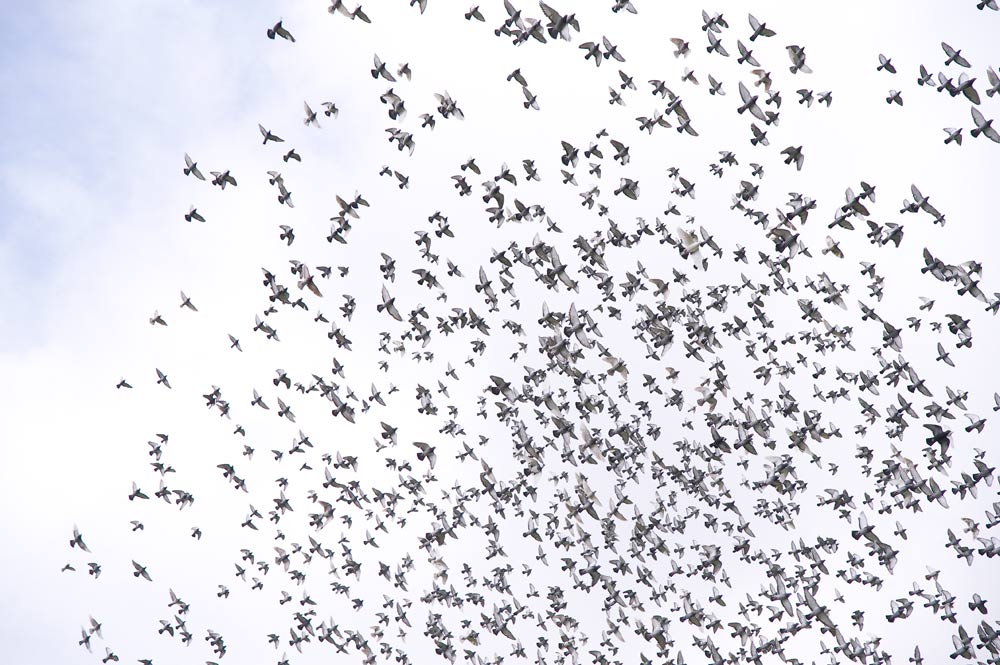 Toward the end of a very long or tough day, we see that he situation regarding the fuel supplies within the two types of muscle fibers has changed remarkably. If we look again at the red and white fibers, we see that the large white fibers that became depleted of glycogen soon after the birds were released at the race point, are now, surprisingly, refueled with glycogen! How did this happen and why? The “how” is answered by pointing out again that the liver has abundant reserves of glycogen, and it is likely at this source that glycogen was converted to glucose for transport in the blood stream to these muscle fibers, where in turn, it was re converted to glycogen, its storage form. The “why” may be explained by looking at the obvious advantages of this refueling process in the white fibers. After all, once the launch has been accomplished and the birds have reached cruising speed, there may be lightning fast aerial predators form which escape is critical. Power lines, telephone wires, cables, and the possibility of collisions with other birds in the flock, are all potential reasons for rapid escape or avoidance, and the bird must be ready for dodging bursts of speed at any time during the race. The white fibers must be refueled to take care of contingencies, and this replenishing process begins soon after these fibers were depleted following liberation. Even at the extreme time of 18 hours after release, these white fibers are found to contain abundant amounts of replenished glycogen.
Toward the end of a very long or tough day, we see that he situation regarding the fuel supplies within the two types of muscle fibers has changed remarkably. If we look again at the red and white fibers, we see that the large white fibers that became depleted of glycogen soon after the birds were released at the race point, are now, surprisingly, refueled with glycogen! How did this happen and why? The “how” is answered by pointing out again that the liver has abundant reserves of glycogen, and it is likely at this source that glycogen was converted to glucose for transport in the blood stream to these muscle fibers, where in turn, it was re converted to glycogen, its storage form. The “why” may be explained by looking at the obvious advantages of this refueling process in the white fibers. After all, once the launch has been accomplished and the birds have reached cruising speed, there may be lightning fast aerial predators form which escape is critical. Power lines, telephone wires, cables, and the possibility of collisions with other birds in the flock, are all potential reasons for rapid escape or avoidance, and the bird must be ready for dodging bursts of speed at any time during the race. The white fibers must be refueled to take care of contingencies, and this replenishing process begins soon after these fibers were depleted following liberation. Even at the extreme time of 18 hours after release, these white fibers are found to contain abundant amounts of replenished glycogen.
However, the situation in the red fibers, the real work horses of the muscular system, has equally dramatically changed, but in the reverse direction. Once loaded with both fat and glycogen, the red fibers at 18 hours, in general, are seen to be severely depleted of fat and may be slightly to severely depleted of glycogen. Incidentally, the role of glycogen in the function of red fibers is not completely clear, but since fat is seriously depleted and glycogen reserves may be seriously depleted by 18 hours, one suggestion is that glycogen may be associated with providing a continuous supply of a substance called oxaloacetate which is one of several in the burning of fat and the liberation of energy in the red fibers. It is also possible that a significant role of glycogen in red fibers is to provide readily available fuel for the powerful muscular contractions that launch a bird into the air at the time of liberation. Although fat and glycogen continue to be evident in the red fibers, reserves of both are becoming low. Most of the red fibers, especially those in the center of a bundle of fibers, are particularly low in reserves of fat, but it is also interesting that others near the surface of a bundle have increased amounts of fat. These findings, among others, suggest that red fibers located close to the edge of a bundle are the first to begin work, and therefore, are the first to tire. As their “shift” is completed, they stop work to refuel, and their function is taken over by the next “shift” of fibers, which are located somewhat more deeply inside a bundle, and so on. Quite likely, long before these fuel supplies have decreased so drastically, the bird has begun to experience increasing signs of fatigue, as its all important major fuel reserves diminish steadily.
These facts related to the major fuel reserves can perhaps give us a significant clue as to why there are so relatively few racing pigeons willing or able to maintain sustained flight beyond perhaps 14 to 15 hours in one stretch, or why long races, or any very tough short or middle distance races may become second day races or more simply because necessary fuel reserves are running precariously low, and fatigue is setting in relentlessly. The bird is in dire need of some external sources of fuel such as cereal grains, and something we have not really touched upon so far: water, which next to air, is the most important requirement for life and something we all tend to take for granted. As noted previously, water becomes available to the bird as a by product of the burning of fat, but as fat reserves are consumed during flight, the amount of water supplied by this fat diminishes accordingly. Water and food may be available in some locales along the route and very scarce or non existent in others. Some body reserves of glycogen and fat may exist together in the liver and other sites, and during a rest period, fat may be mobilized from all available sites of storage in the body to allow the bird to carry on. It fat reserves fall too low, the bird simply has to stop to find water to combat dehydration, and grain to restore enough glycogen and fat to allow it to reach home. Depending on the availability of food and water, the possibility of concurrent injury, and the distance remaining to reach home, the process of restoring the bird to a reasonable flying state may take days or weeks. Those birds that reach home just before night fall from a long grueling race have almost reached the end of their fat and glycogen fuel reserves, much as your gas tank registers nearly empty when there are prolonged distances between gas stations.
- Pigeon Racing and Nutrition of the Muscle Part 1
- Pigeon Racing and Nutrition of the Muscle Part 2
- Pigeon Racing and Nutrition of the Muscle Part 3
- Pigeon Racing and Nutrition of the Muscle Part 4
- Pigeon Racing and Nutrition of the Muscle Part 5
- Pigeon Racing and Nutrition of the Muscle Part 6 <= you are here
Pigeon Racing and Nutrition of the Muscle Part 6 By: Gordon A. Chalmers DVM
The Leading Online Pigeon Racing and Racing Pigeons Magazine – The Pigeon Insider

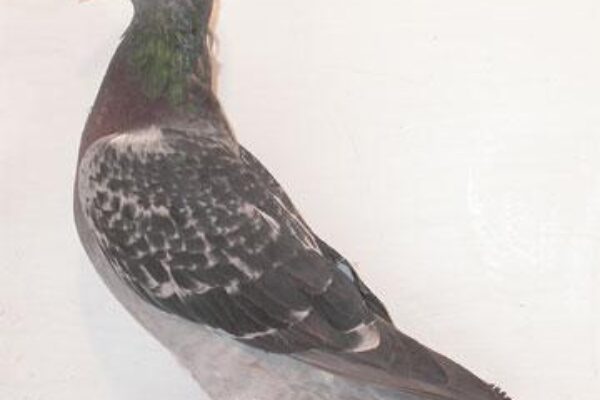
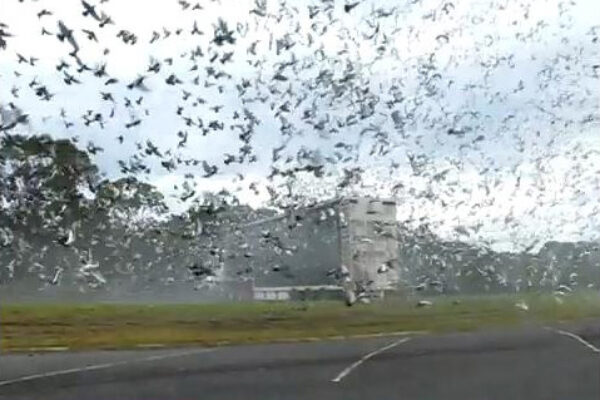
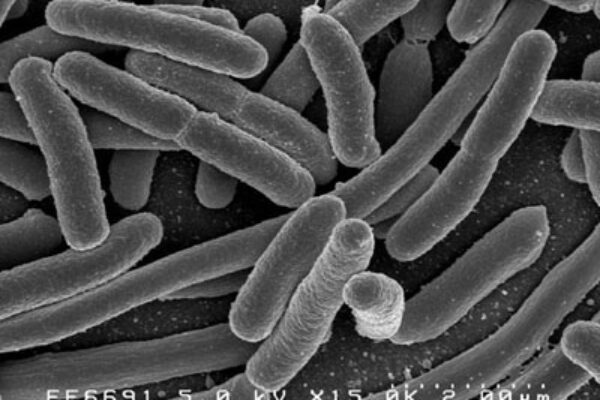
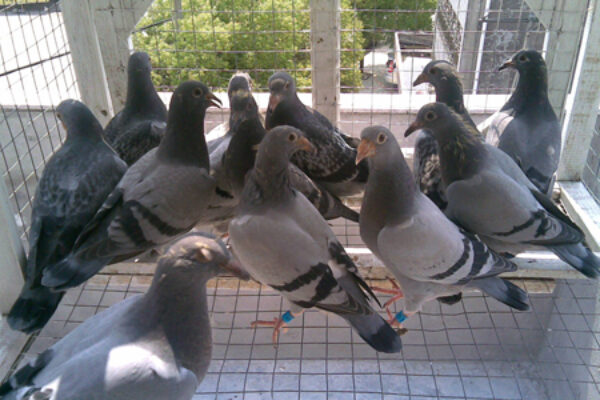
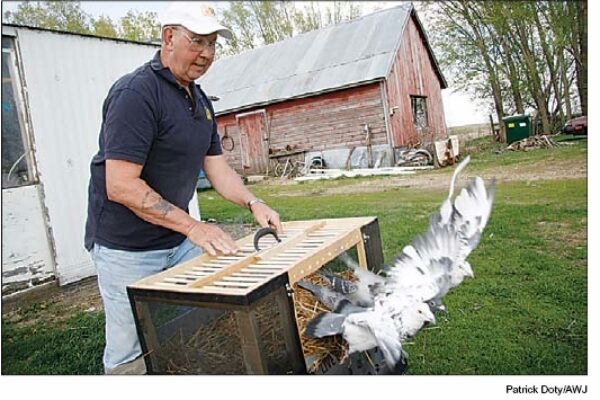
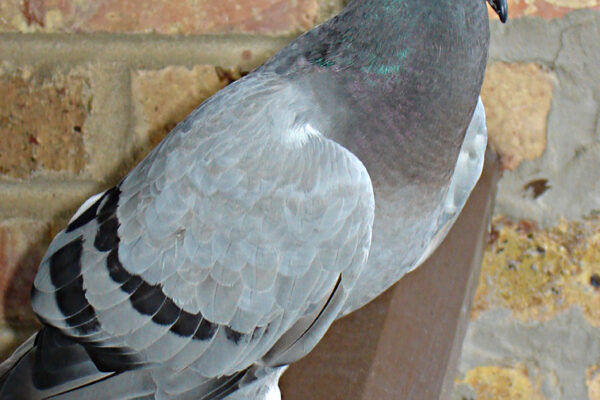


Practically speaking this article really answered my questions about how racing pigeons do survive such very long distance races. I now do know what are the macro and micro nutrients that are essential for extreme flight. Thank you very much!
Fantastic article, backed by facts and easy to understand. In the UK, some years ago it was discovered to feed peanuts to help build up the energy resources for the longer races. Some top flyers in the continent are now including sheep fat into the diet and this article explains why!!
What we now need to determine, is what is the best fat to feed and at what quantities.
Thanks for a brilliant article
Tony
Malta
Hi Chris
good articles, this information will assist the novice as well as the old hand.
I know many novices that battle to get the facts and the best advice. As racing has
become so competative.
I think Rachael was a bit critical. The info. is duly noted that it is not only fats, carbs and protein, but how the “cells” converts these nutrients. Dr. Chalmers article is a good one and I think was meant to be a general informative article, not an article on the finer details of seed conversion and biology. To take the article further, as Rachael did, and to add to what the article left out, such as ATP, then Rachael should have then gone on to further describe the mechanics of the metacondria and function on the production of ATP.
One other thing, in another article Dr. Chalmers described that feeding fats as a role of increasing fat reserves, causes the inverse reaction of the liver in its conversion and production of fats, just as Rachael indicated, and that the feeding of a higher carb diet increases the production of fats for storage. However, Dr. Chalmers did go on to indicate that the feeding of higher fats and carbs at the same time does increase the production of fats.
We also must keep in mind that Dr. Chalmers is not indicating the feeding of a one grain diet that will be either higher or lower in fats to produce fats, but the combination of different seeds will give us the proper conversion based on what he’s advocating.
What is not being put forth here is the digestibility of the seeds and the proper fatty acids, omega 6:3 ratios, to give a proper nutritional base. It is easy to just say lets feed sunflower seeds to increase the fats or lets add more corn to the diet to increase the carbs.
So I do agree that it is a complex issue which cannot be dealt with in such a short article.
Dr. Chalmers,
Thank you very much from Spain for this excelent article!!!
There is not doubt that we have to think about it and get our own conclusions.
Kind regards,
yep
Does it follow then that road work can inprove the ablity of the birds system to function quickly by requireing the repeated drain and then build up? This would mean that musle and homing ablity are not the only thing being gained by road work, but also the complete system is being improved. How much time on the wing would draw down the reserve just enough to be helpful but not over tax the system?
To short a toss gains no system drain to long and the reserve could be impacted.
What would be the idea time on the wing to improve the complete system?
Although few would contradict the role that fats play as the major fuel source for any prolonged flight as soundly articulated by this article, simply turning the volume up on fat-rich grains in the pigeon’s diet will not necessarily produce what might seem the obvious result; increased performance.
It if were that easy, than highly concentrated fat diets ought to make winners of us all, and we know that isn’t the case. The compounds of protein, carbohydrates, and fats as well as vitamins and minerals do not act independent of each other. Rather, the compounds interact in ways that science is still discovering. Truth be told, nutrition is a science in its infancy and far too much that can’t be stated remains to be discovered and understood.
The million dollar question is: How to best produce these flight-fueled fats within the metabolic reality of the racing pigeon? Given the process of racing which is building up and tearing down only to rebuild again, factoring in fat production during this cycle begs understanding all the requirements. When to start? – How much is too much?
As to high fat diets for example, there are laboratory tests specific to chickens that demonstrate a 40% decrease in the liver’s ability to produce fatty acids with a 10% increase of fats in the diet. Since the liver regulates a pigeon’s ability to produce fatty acids necessary for long-distance flight fuel, a condition of too much fat in the diet can reduce performance. Although this seems counterintuitive to the article, it nonetheless indicates a larger story than just fats alone.
Consider the fact that most fat-rich grains also contain high levels of protein like peanuts and sunflower. It is also known through laboratory testing and implied by the article that increased protein diets decrease the liver’s ability to produce fatty acids. Here again a back story to fats.
The production of fuel from any organic compound whether it be protein, carbohydrate or fat occurs along a complex, multi stage process that requires special enzymes performing special functions along the pathway. This process takes energy. Glucose is a major component of the universal energy packet known as ATP. ATP is the energy source that either breaks compounds down or builds compounds for metabolism. Glucose is the conversion of starch from grains and carbohydrate-rich grains have high starch content. It takes energy to make energy and ATP is the currency that buys the production of more energy including metabolizing fats into race fuel. Starch-rich carbohydrates have to factor into any diet that is required to breakdown fats for storage or immediate use.
My point is simply this; the article argues that fats are the major fuel in flights of significant distance such as migration and by extension, pigeon racing. As the article states, this is the currently held understanding of biologists who have studied energy requirements’ of migratory birds. However, the article doesn’t explain how to bring about enhancing the metabolic function of the pigeon to create this condition. In other words, it doesn’t state anything about proportion of fat to other compounds only that fat is the major source of fuel.
It would be less than wise to unwittingly overload the racing pigeon’s diet on fats without having some sense of what constitutes a safe, wide-ranging balance between all of the compounds. Like I said, it’s a big subject and not answered by fats alone. Balance is and always will be the key to long-term success.
This is an absolutely brilliant article, what can we do to improve the muscles?
what foodgrain can be used for that?